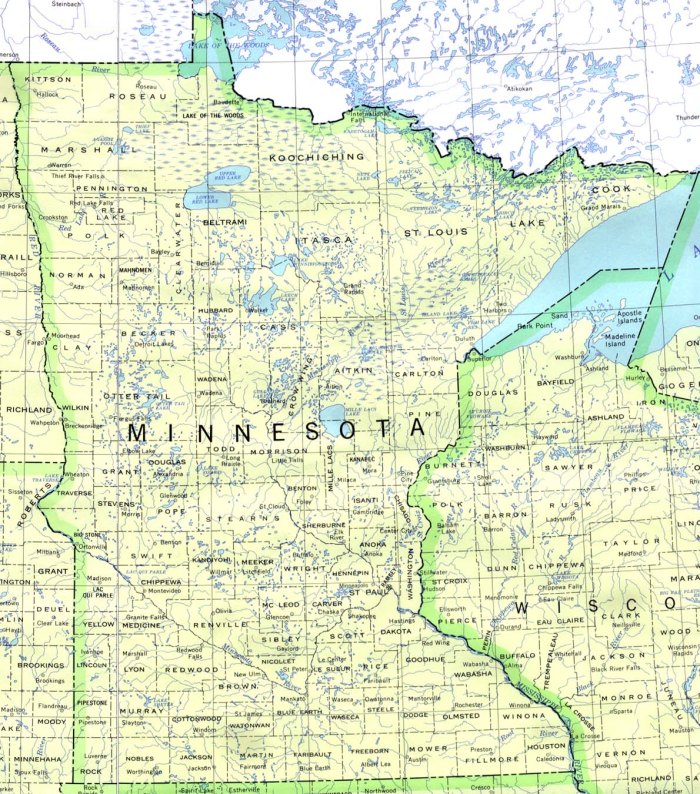In my work, leading the Design for Community Resilience program in the University of Minnesota’s Center for Sustainable Building Research. I work with communities across Minnesota in assisting the design and implementation of their sustainable futures. It is very rewarding work on many levels, not the least of which is the connection to the work of my early career, as an architect, with rural communities in Rajasthan, northwestern India. Rural challenges and rural potential have more in common across the globe than one would think, despite apparent differences including climate, culture and resources.
Large, urban communities have my lifelong interest – I’ve lived in them from Mumbai and New Delhi in India to Minneapolis in the USA but the sense of place and interactions of people in smaller rural communities is special too and I’ve appreciated experiencing and working with them over the years.
As I wrap up a current project with my colleagues on a project in which we worked for the City of Sandstone, northeastern Minnesota,with a population of 2900 people, I’m reflecting on some ideas that could benefit communities like Sandstone in Minnesota. Sandstone has an incredibly rich natural landscape, with ancient geology and the beautiful Kettle River flowing through it with special rapids through sections of the river. It also has a good service economy in the region and the potential for fostering a creative economy.
This work has showed me how small communities sometimes see themselves and how they might create an advantage for themselves and their future. Resources are often a challenge for small communities and in the interest of economic promise, sometimes choices are made that adversely affect social and environmental choices. Here’s my message to rural Minnesota communities to consider:
Work with your assets and become uniquely you. This is easier said than done given the diverse interests and viewpoints of members in the community, but if you have assets that you can capitalize on, and every community does have some, then build on those. The more unique you are, others – tourists and visitors – will seek you for that unique character you offer as an experience to be had.
Welcome and engage others who are interested in your community. Instead of treating regional visitors and tourists as ‘the other,’ welcome and engage with them. They may be interested in contributing to preserving the very things you are such as a natural landscape that brought them to your town in the first place.
Upgrade your virtual presence. Along with upgrading your physical infrastructure address your virtual real estate as well. We now live across the two realms of physical and virtual, and it is best to set yourself up to be found in both realms. Choose to highlight your strengths in each.
Look forward while honoring your past. Try to leave behind parochial and nostalgic thinking. Preserve the best of your history and its physical evidence but do also embrace the best of the new. Therein lies your future. Determining what the best is brings up the need to come together as a community regularly and deliberating, discussing and arriving at a consensus of sorts, in short, practicing the democratic way.
Focus on all your community members. Ask if yours is welcoming community for all the users. Ask how it serves young and old alike including New Americans who have joined your community.
Invest in your leadership and empower leadership at all levels. Without visionary leadership, the best ideas will not take off or be implemented. The world is moving towards participatory leadership across the board where many can have a voice – empower the leaders you can trust from within yourselves and step up yourself to assist your community to be the best it can, by bringing your best creative talents to it.
Wouldn’t it be great if every town and community, in Minnesota and elsewhere, identified and acted on whaever it would take for it to thrive? Here’s to a promising future for all!

Image Source: https://www.lib.utexas.edu/maps/minnesota.html


